 2000 Subaru Outback II (BE,BH) Dimensions, Size & Specs
2000 Subaru Outback II (BE,BH) Dimensions, Size & SpecsMeasurements of the 2000 Subaru Outback II, engineered for optimal performance and comfort
| Dimensions | |
|---|---|
| Length: | 4730 mm186.2 in15.5 ft |
| Width: | 1770 mm69.7 in5.8 ft |
| Height: | 1545 mm60.8 in5.1 ft |
| Trunk Capacity: | 459 liter16.2 cu ft |
| Trunk Capacity (Max): | 1649 liter58.2 cu ft |
| Weight Specifications | |
| Curb Weight: | 1480-1610 kg3263-3549 lbs |
| Maximal permitted Weight: | 2015-2085 kg4442-4597 lbs |
| Tire Specifications | |
| Rims Sizes: |
|
| Tire Sizes: |
|
The Subaru Outback II (BE, BH), produced between 1999 and 2003 and representing the second generation of the popular Outback series, is a versatile station wagon ideal for families and adventure seekers alike. With a length of 4730 mm (186.2 inches), a width of 1770 mm (69.7 inches), and a height of 1545 mm (60.8 inches), the Outback II offers a well-balanced footprint that combines spaciousness with manageable urban dimensions. Weighing between 1480 and 1610 kg (3263 to 3550 lbs) depending on specific trims and equipment, it provides solid road presence while maintaining respectable fuel economy. The maximum gross weight ranges from 2015 to 2085 kg (4443 to 4597 lbs), underscoring its capability to carry passengers and cargo safely. One of the standout features is its generous luggage capacity, offering 459 liters (16.2 cubic feet) of cargo space behind the rear seats, which expands substantially to 1649 liters (58.2 cubic feet) when the rear seats are folded down, making it practical for longer trips or transporting bulky items. The Outback II rides on 16- or 17-inch rims, with tire sizes of 215/60 R16 and 215/55 R17 available, striking a good balance between ride comfort and handling. This generation solidified the Subaru Outback’s reputation as a reliable, all-weather capable vehicle with ample room, making it a strong contender in the midsize station wagon segment during its production years.
Discover the standout features that make the 2000 Subaru Outback II a leader in its class
Have a question? Please check our knowledgebase first.
The Subaru Outback II (BE,BH) from the 2000 model year has a length of 4730 mm (186.2 inches), a width of 1770 mm (69.7 inches), and a height of 1545 mm (60.8 inches). These dimensions position it firmly in the mid-size station wagon category, offering a balanced profile between interior spaciousness and exterior manageability. The width allows for comfortable cabin space without making the vehicle too wide for urban driving and parking.
The curb weight of the 2000 Subaru Outback II ranges from 1480 kg to 1610 kg (approximately 3260 lbs to 3547 lbs). The maximum weight, which includes passengers, cargo, and fuel, varies between 2015 kg and 2085 kg (4444 lbs to 4595 lbs). This weight range reflects variations due to trim levels, engine configurations, and equipment options. The relatively moderate weight contributes to the car's balanced handling and fuel efficiency for its class.
The Subaru Outback II features a luggage capacity of 459 liters (about 16.2 cubic feet) with the rear seats in their upright position, sufficient for typical daily needs such as groceries or medium-sized luggage. When the rear seats are folded down, the cargo space expands significantly to 1649 liters (approximately 58.2 cubic feet), providing ample room for transporting larger or bulkier items, which is a strong point for those needing flexibility in a station wagon.
The Subaru Outback II (2000) typically comes equipped with either 16-inch or 17-inch rims. Correspondingly, the tire sizes available for this generation are 215/60 R16 and 215/55 R17. These sizes contribute to a comfortable ride quality and a stable road presence, balancing handling dynamics with ride comfort. The tire profile helps absorb road imperfections while the rim sizes complement the vehicle's design and performance goals.
Yes, the Subaru Outback II with its length of 4730 mm (186.2 inches), width of 1770 mm (69.7 inches), and height of 1545 mm (60.8 inches) generally fits comfortably within a standard residential garage. Most single-car garages offer a width of about 2.44 to 2.74 meters (8 to 9 feet) and a length of at least 5.5 meters (18 feet). The Outback II's dimensions fall within these typical garage size parameters, allowing for easy parking without excessive maneuvering.
Compared to the Outback I, the Subaru Outback II (1999-2003) is larger and more refined in terms of dimensions. The second generation grew slightly in length and width, improving interior space and cargo capacity. The increased length to 4730 mm allowed for better rear passenger legroom and enhanced cargo volume, especially when folding rear seats. This generation also featured modernized styling and improved aerodynamics, offering a more comfortable and practical vehicle compared to the original Outback.
When compared to contemporaries like the Volvo V70, Audi A6 Avant, or Volvo XC70, the Subaru Outback II's dimensions are quite competitive. The Outback II's length of 4730 mm and width of 1770 mm placed it in the mid-size wagon class, though slightly narrower than some European rivals. Its cargo capacity and ground clearance gave it a unique advantage, especially for buyers wanting utility and off-road capability combined with station wagon practicality. Overall, its size strikes a good balance in the mid-size wagon segment.
The Subaru Outback II's size affords generous interior space, especially for rear-seat passengers who benefit from increased legroom and headroom compared to its predecessor. Its 1770 mm width provides adequate shoulder room, while the taller roofline at 1545 mm enhances head clearance and contributes to an airy cabin feel. The versatile cargo space, with 459 liters standard and 1649 liters with seats folded, enhances its practicality, catering well to families and outdoor enthusiasts who often carry gear.
Typical rim sizes for the Subaru Outback II include 16-inch and 17-inch options, paired with tires sized 215/60 R16 and 215/55 R17 respectively. The larger 17-inch rims with slightly lower profile tires can provide sharper handling and a sportier feel, yet may sacrifice some ride comfort on rough surfaces. Conversely, 16-inch rims with higher profile tires are generally better at absorbing bumps and providing a smoother ride. Both options help maintain balanced performance and traction, suited to the Outback's capable all-wheel-drive system.
The 2000 Outback II has a curb weight ranging from 1480 kg to 1610 kg (3260 to 3547 lbs), which is moderate for a mid-size station wagon with AWD. This weight contributes to its stability and composed handling, especially in adverse weather conditions where Subaru's symmetrical AWD excels. While heavier than compact wagons, the Outback II balances weight to optimize ride comfort, steady cornering, and fuel economy. The vehicle's suspension is tuned to manage this weight well, lending to a confident, comfortable driving experience on and off-road.
Discover similar sized cars.
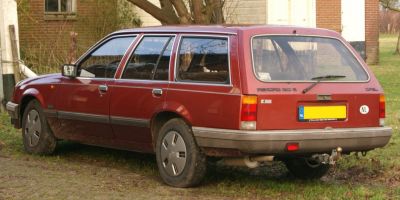
| Production: | 1982-1986 |
|---|---|
| Model Year: | 1982 |
| Length: | 4678 mm184.2 in |
| Width: | 1720 mm67.7 in |
| Height: | 1475 mm58.1 in |
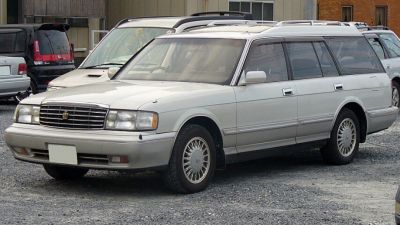
| Production: | 1987-1999 |
|---|---|
| Model Year: | 1987 |
| Length: | 4690 mm184.6 in |
| Width: | 1695 mm66.7 in |
| Height: | 1515 mm59.6 in |
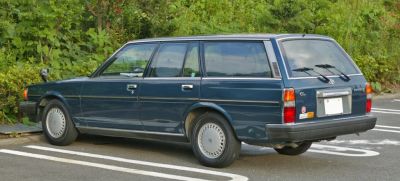
| Production: | 1984-1997 |
|---|---|
| Model Year: | 1984 |
| Length: | 4690 mm184.6 in |
| Width: | 1690 mm66.5 in |
| Height: | 1475 mm58.1 in |
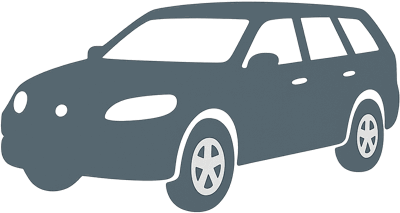
| Production: | 1962-1970 |
|---|---|
| Model Year: | 1962 |
| Length: | 4810 mm189.4 in |
| Width: | 1800 mm70.9 in |
| Height: | 1620 mm63.8 in |
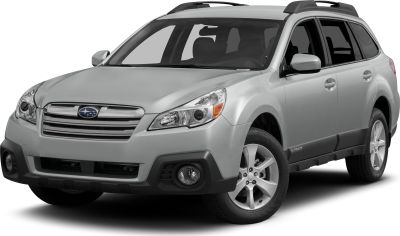
| Production: | 2013-2014 |
|---|---|
| Model Year: | 2013 |
| Length: | 4790 mm188.6 in |
| Width: | 1820 mm71.7 in |
| Height: | 1605 mm63.2 in |
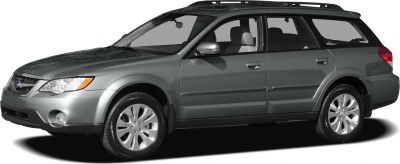
| Production: | 2009-2013 |
|---|---|
| Model Year: | 2010 |
| Length: | 4775 mm188.0 in |
| Width: | 1820 mm71.7 in |
| Height: | 1605 mm63.2 in |
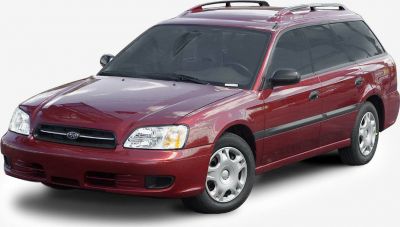
| Production: | 2001-2003 |
|---|---|
| Model Year: | 2001 |
| Length: | 4760 mm187.4 in |
| Width: | 1745 mm68.7 in |
| Height: | 1525 mm60.0 in |
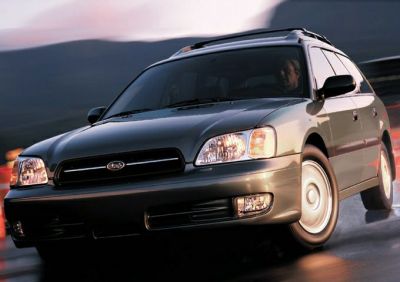
| Production: | 1998-2001 |
|---|---|
| Model Year: | 1999 |
| Length: | 4680 mm184.3 in |
| Width: | 1700 mm66.9 in |
| Height: | 1515 mm59.6 in |
